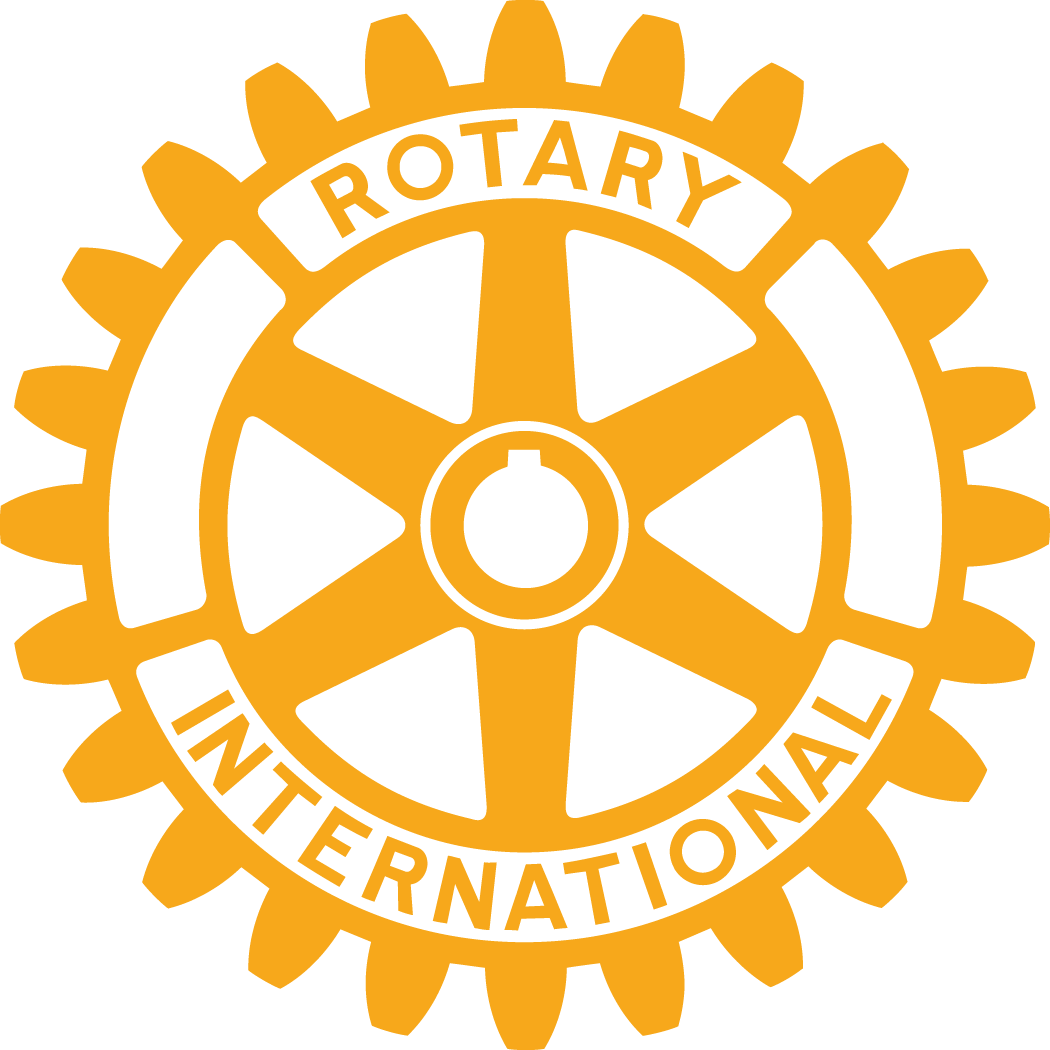Guest Speaker Rita M George - February 14, 2017
Posted by Al Anile

Guest Speaker Rita M. George, RN, MS, IPEM
Rita George, Coordinator, EMS / Emergency Management at North Shore Skokie Hospital, was the guest speaker at the February 14, 2017 Skokie Valley Rotary Club weekly meeting.
Rita instructed the club assembly on things that should be done in the event of a disaster, as follows:
Knowing what to do to protect yourself and your household is essential
Immediately after an emergency, essential services may be cut off and local disaster relief and government responders may not be able to reach you right away. Knowing what to do to protect yourself and your household is essential.
Emergency Planning for People with Special Needs.
- Find out about special assistance that may be available in your community. Contact your Office of Emergency Management or fire department so they are aware of your special needs.
- Create a network of neighbors, relatives, friends and co-workers to aid you in an emergency. Discuss your needs and make sure they know how to operate necessary medical equipment.
- Discuss your needs with your employees.
- If you are mobility impaired and live or work in a high-rise building, have an escape chair.
- If you live in an apartment building, ask the management to mark accessible exits clearly. If needed, make arrangements to help you evacuate the building.
- Keep an extra wheelchair, batteries, oxygen, catheters, medication, food for service animals, or other items you might need. Also, keep a list pf your medicines and type and model numbers of medical devices you need.
- Those who are not disabled should learn who in their neighborhood or building is disable so that they may assist them during emergencies.
- If you are a care-giver for a person with special needs, make sure you have a plan to communicate if an emergency occurs.
Evacuations
Listen to your radio and TV broadcasts to learn if you need to evacuate. Sirens, public address systems or telephone call may also be used to notify you. Government agencies, the American Red Cross, and other disaster relief organizations provide emergency shelter and supplies. May disasters allow no time for people to gather even the most basic necessities. This is why you should prepare now.
Planning for Evacuations
- Learn local routes that may be used for evacuations and bring a road map.
- Plan where you would go if you had to leave the community.
- Plan a place to meet your household in case you are separated from one another in a disaster.
- Find out where children will be sent if schools are evacuated.
- Take your disaster supply kit with you.
- Keep the fuel tank of your car full.
- Have the tools and know how to shut off your home’s utilities.
What to do When You Are Told to Evacuate
Listen to battery-powered radio and follow local instructions. Take one car per household. Follow these steps:
- Take your disaster supply kit.
- Wear sturdy shoes and clothing that provide some protection.
- Close and lock doors and windows. Take necessary action to prevent frozen water pipes.
- Turn off the main water valve and electricity if instructed to do so.
- Leave early enough to avoid being trapped by severe weather.
- Follow recommended evacuation routes.
- Bring medicines or special medical supplies that you need.

